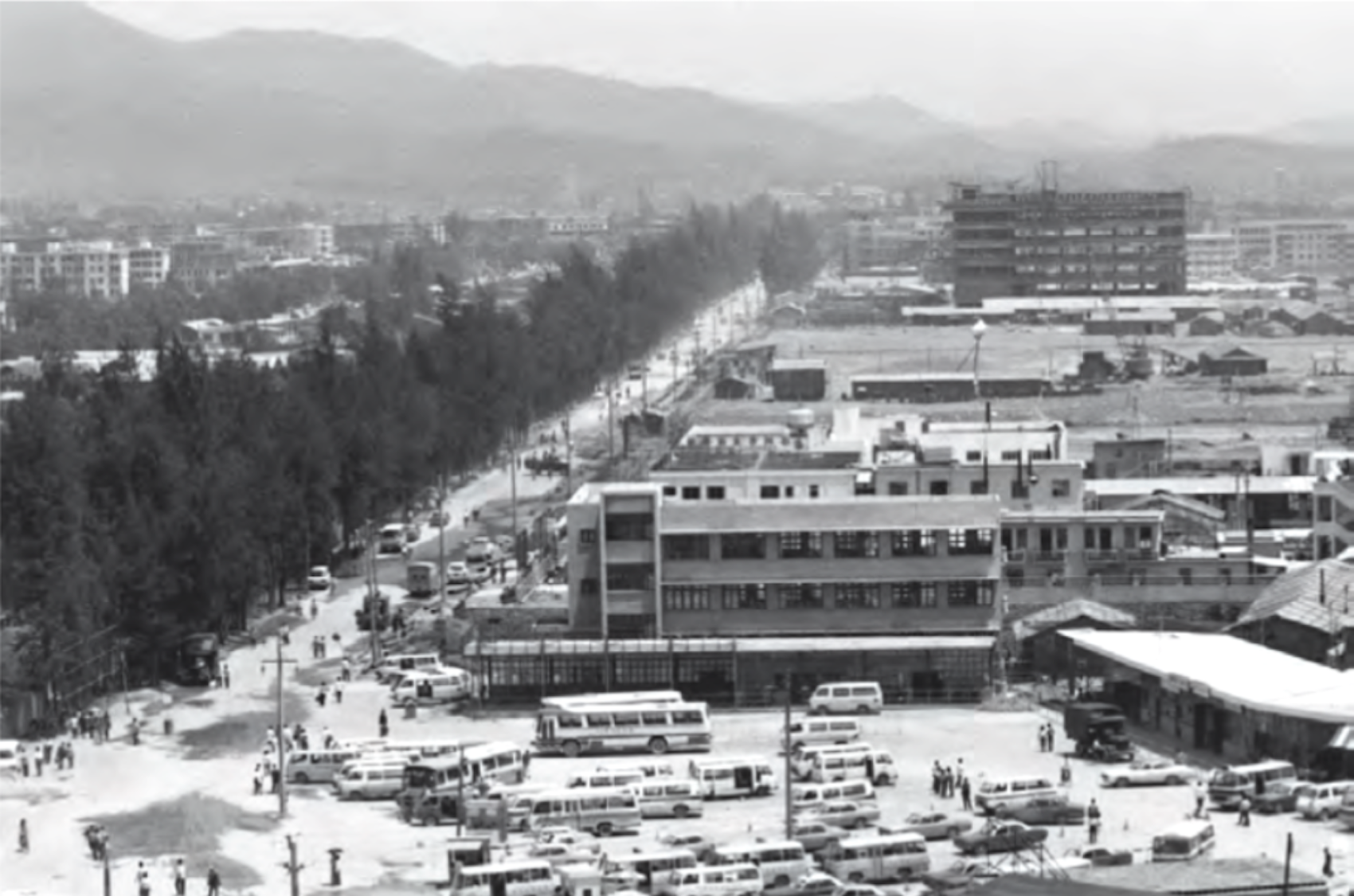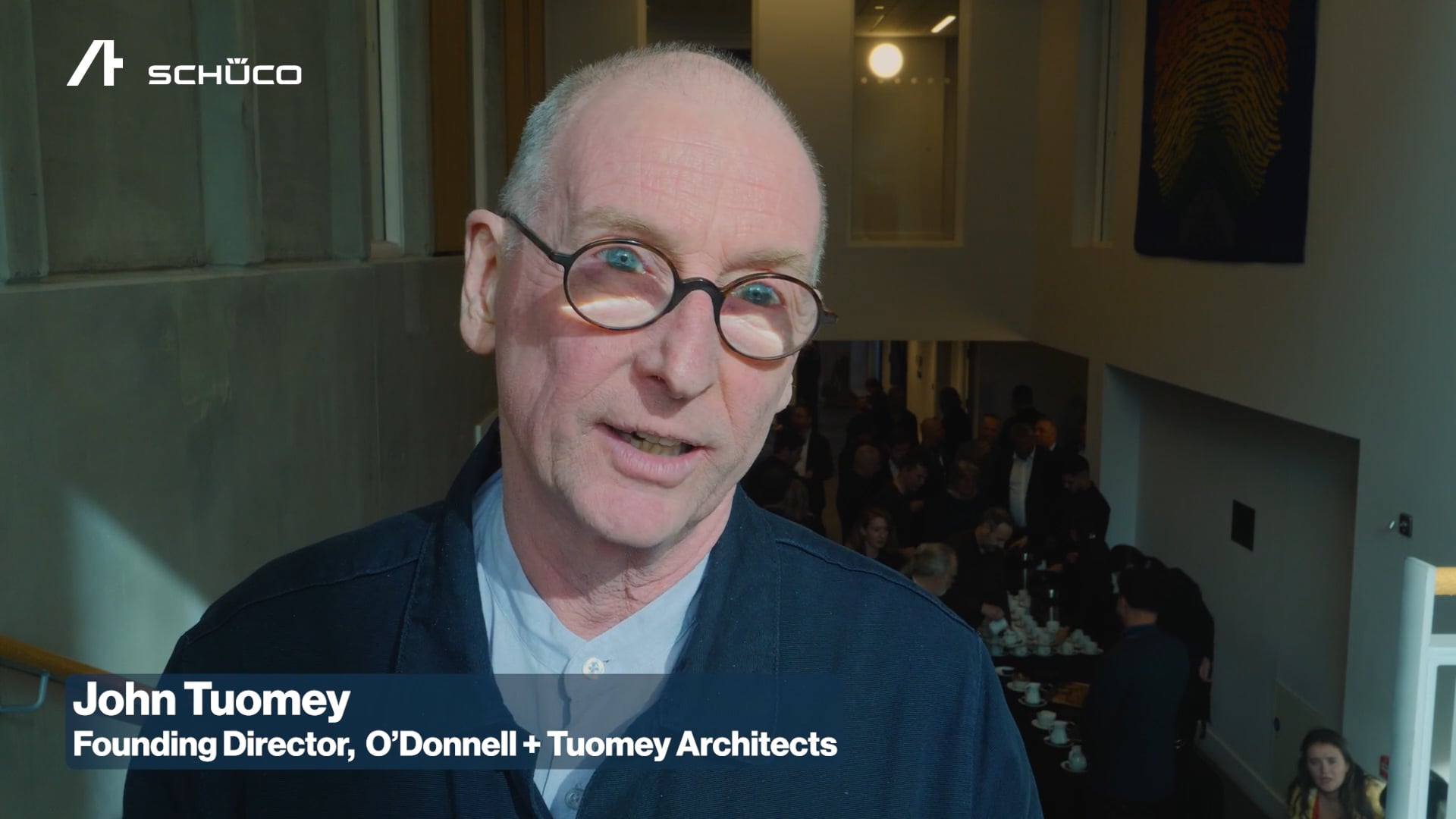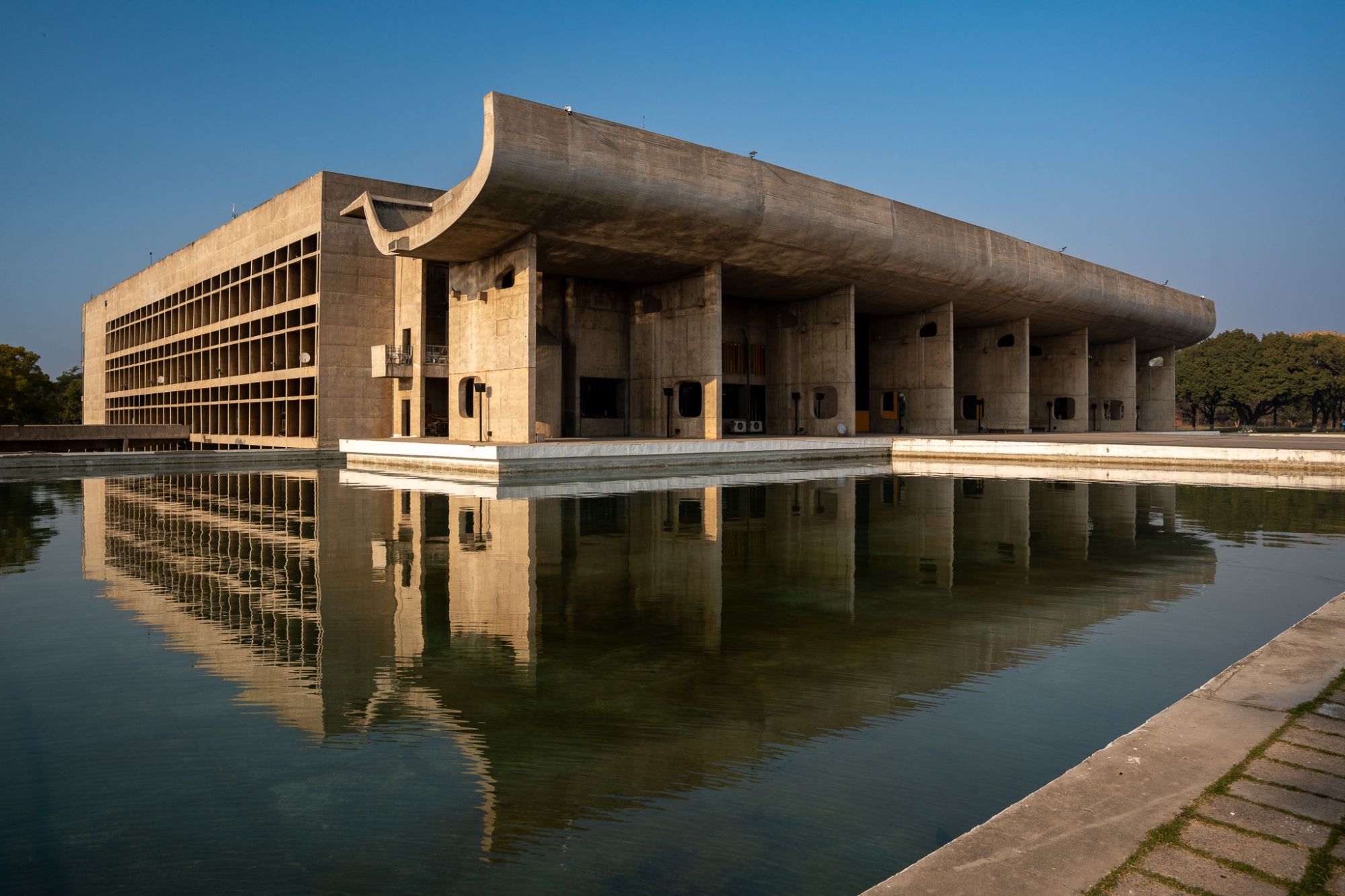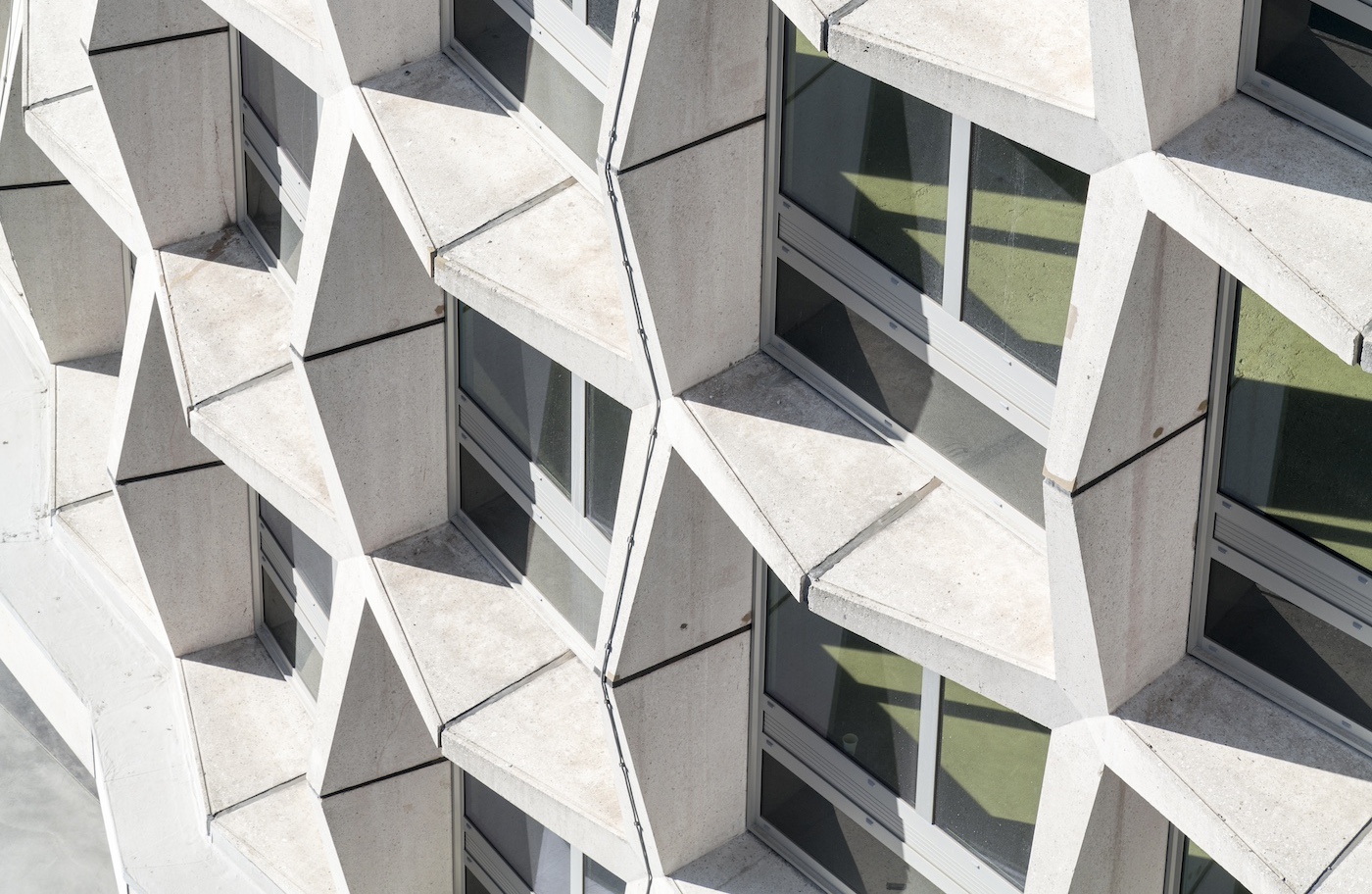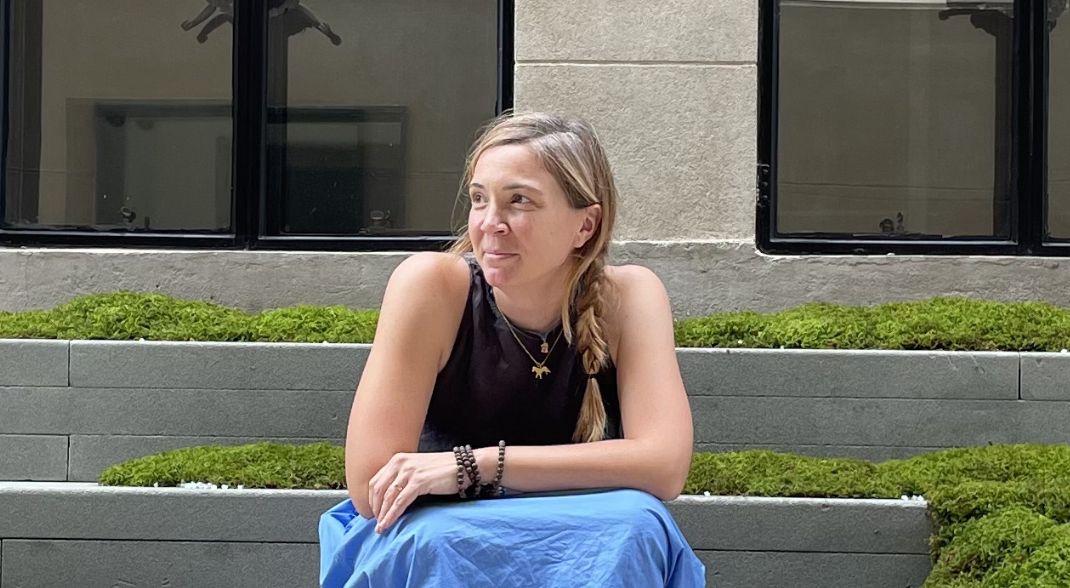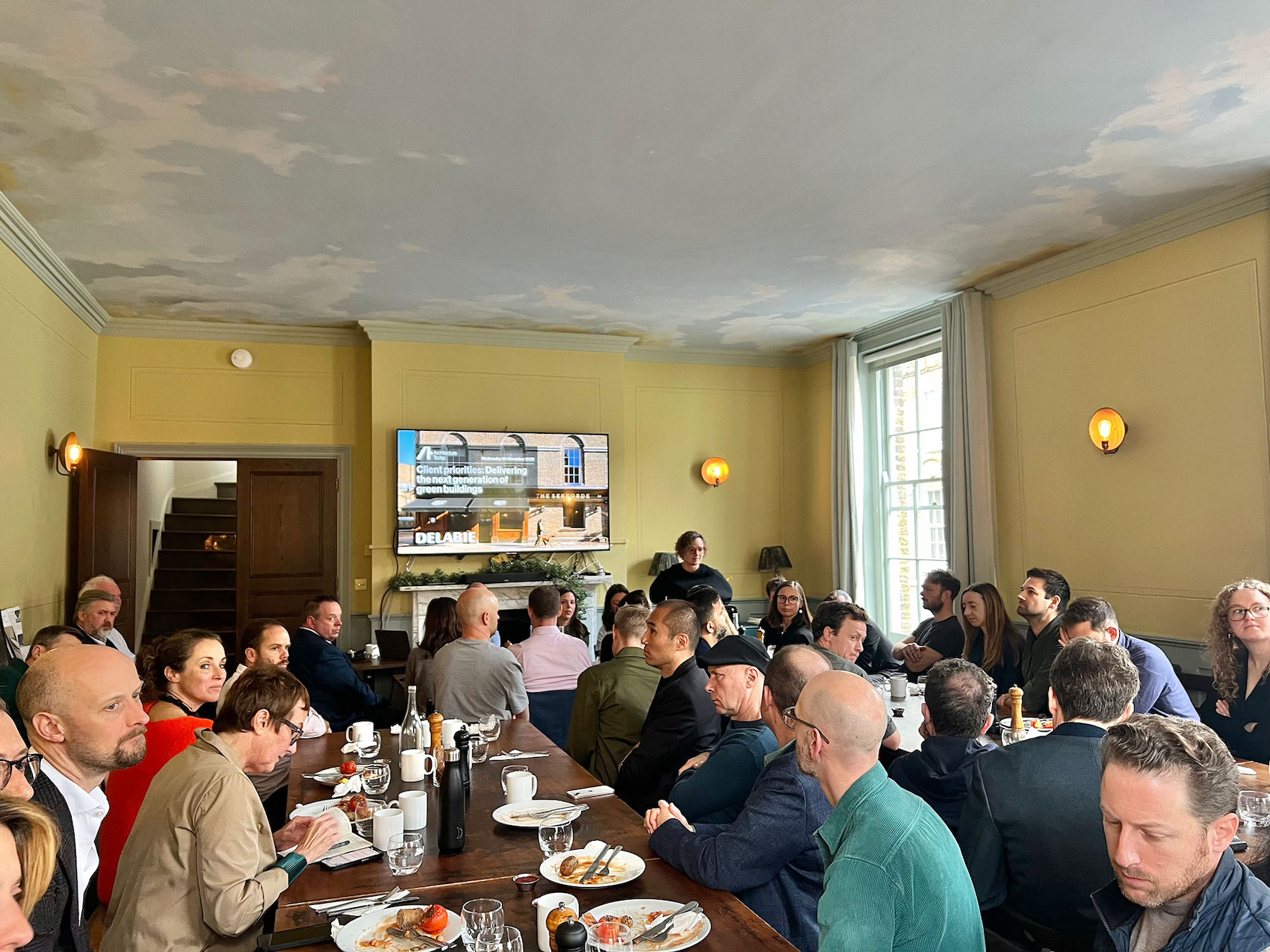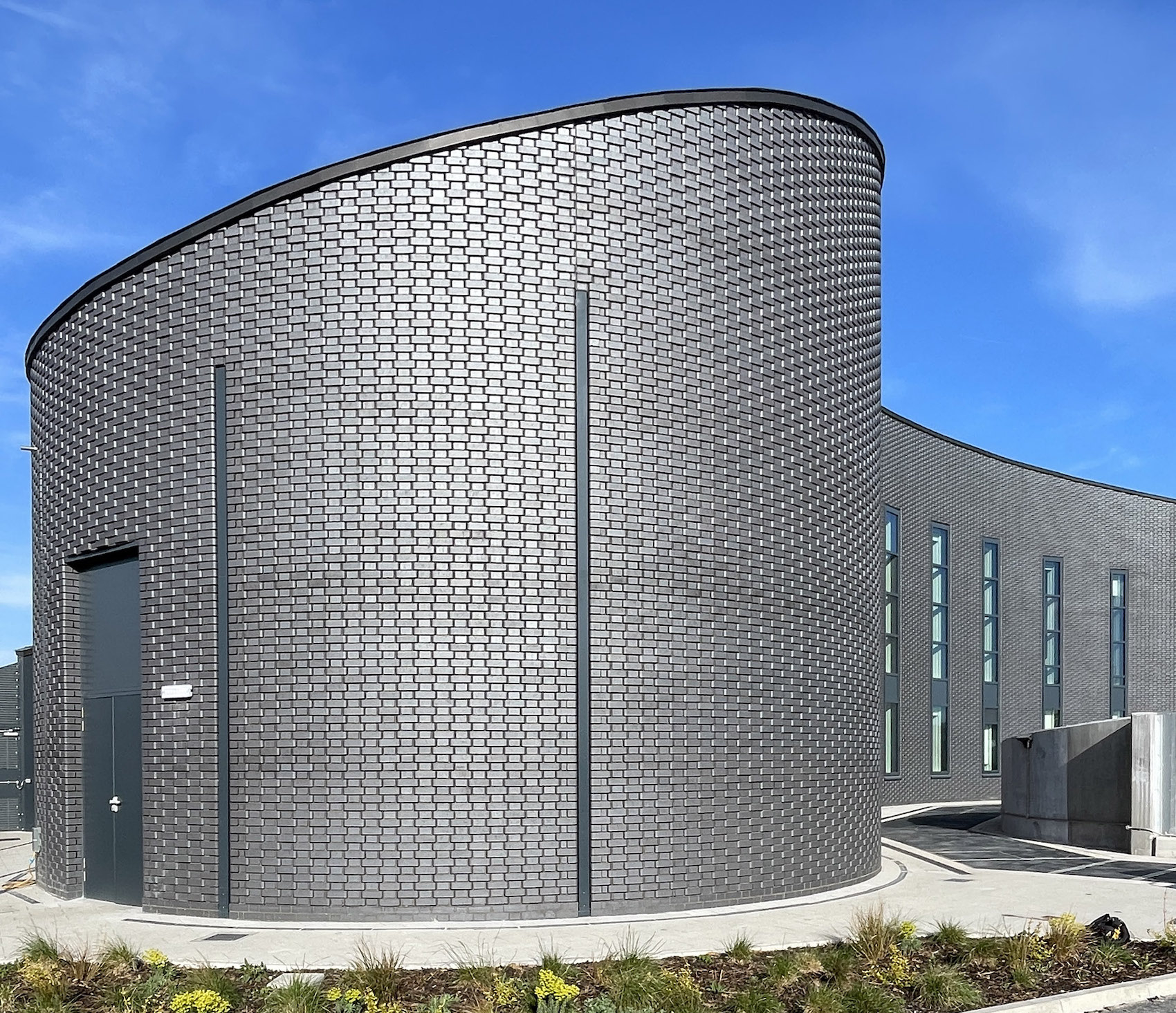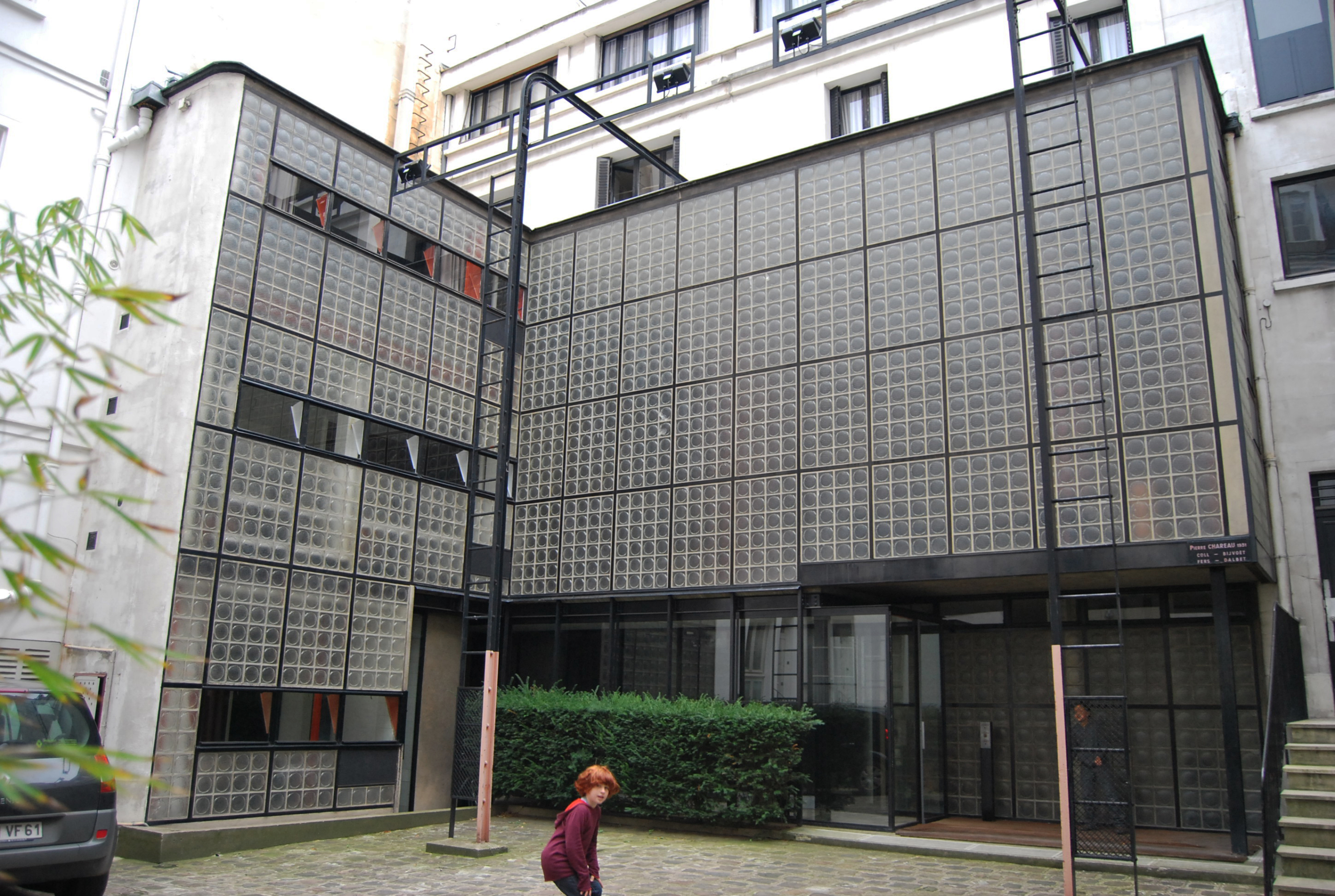Peter Bishop discusses the reinvigoration of Prenzlauer Berg with the fall of the Wall, and what London could learn from Berlin’s investment in housing and public spaces.

I have always been drawn to Berlin. I went there as a student in the 1970s and stayed longer than I had intended. I went back when the wall came down and joined the party. And then through the 1990s I watched the city knitting itself back together, the streets and squares around Potsdamer Platz re-emerging from the wasteland where the wall and watch towers had been. It was then that I first discovered Prenzlauer Berg.
Prenzlauer Berg had been shaped by the wall. Like Kreuzberg, on the other side in the west, it was a frontier town. It had made the transition from a solid, unremarkable working district into a neglected backwater. Its large apartment blocks, courtyards and tight street pattern had allowed people to retain their individualism under the GDR. Like Kreuzberg, it was a special district, attracting people and an urban culture that differed from the rest of the city. When the wall came down, Berliners began to rediscover parts of their city that had been behind the looking glass for two generations. Prenzlauer Berg was one of the first areas to experience an influx of westerners, attracted by the cheap rents and empty apartments – a central quarter that had remained locked in a time warp since the end of the war.
Paradoxically, Berlin’s strength is that it is in decline. Since the time of Frederick the Great it has striven to be the natural capital at the centre of Europe. It has invested in its grandeur but Europe’s economic centre has always been elsewhere. Reunification brought the latest wave of investment. The city was reinvigorated with new transport systems, government buildings, parks, museums and galleries. The city invested in design and great architecture. Its historical centre was restored and the area around the wall rebuilt. Yet despite this the population is declining. There are more than 100,000 empty apartments and rents have stagnated. While this is serious for the city, it is great for the citizen. Berlin has space. Space to live, space to work and space to just be. And Prenzlauer Berg has these in abundance.
If you walk down Prenzlauer Allee you come to a park. It is a small triangle of space on a street corner. Around two sides of the park is a continuous high-backed wooden seat. It is a cold, but sunny morning in February, and the seat is full of people, sitting in the sun, side by side in their overcoats, reading newspapers, talking, or just contented to be in the city. A small park with a simple design that works. Alternatively, walk through any of the main streets in the evening. Kollwitz Strasse’s cafe society spills out on the pavements from bars and restaurants. It’s a scene common across Europe from Soho to Sofia, but in Prenzlauer Berg it is unselfconscious and organic. It has grown from people’s desire to use the streets as social spaces, people’s spaces, democratic spaces. It has grown from having sufficient space to start a business, run a restaurant or bar without the crippling overheads that can eventually force out all but the most efficient and depersonalised. This part of Berlin has a very fine grain. It has its cool bars and design shops. It has its small, mainly Turkish run, grocery shops. It has shops selling mysterious pieces of engineering equipment and children’s clothes that have not been updated since the 1980s. The streets are tree-lined, dimly-lit and uncluttered. They are not over-designed.
But it is the inhabitants that lend Prenzlauer Berg its real character. Housing is cheap and spacious, and families can afford high-ceilinged apartments. Good parks and playgrounds compensate for the lack of gardens and schools. You can live here as a student, an entrepreneur, a professional, a parent. You can live here on a low income or even on no income at all. You can work more sensible hours, spend time with family, friends and neighbours and explore an urban lifestyle that is more in keeping with a twenty-first century sustainable aspirations.
London is Berlin’s opposite. It is dynamic. It is growing rapidly. It would not tolerate the ordered planning (although it could do with just a little of its public investment in housing and public spaces). I have lived in Islington for 25 years and I would not want to live anywhere else. But perhaps Islington needs to learn from Prenzlauer Berg. With its property prices and wealth it is losing its soul; the potential for individuals to design their own places in the city. Take that away and our cities suffer and, beyond our front doors, our lifestyles become impoverished.
Peter Bishop is director of Design for London at the London Development Agency; former environment director at Camden Council
AT180/July/August 07 p88.



